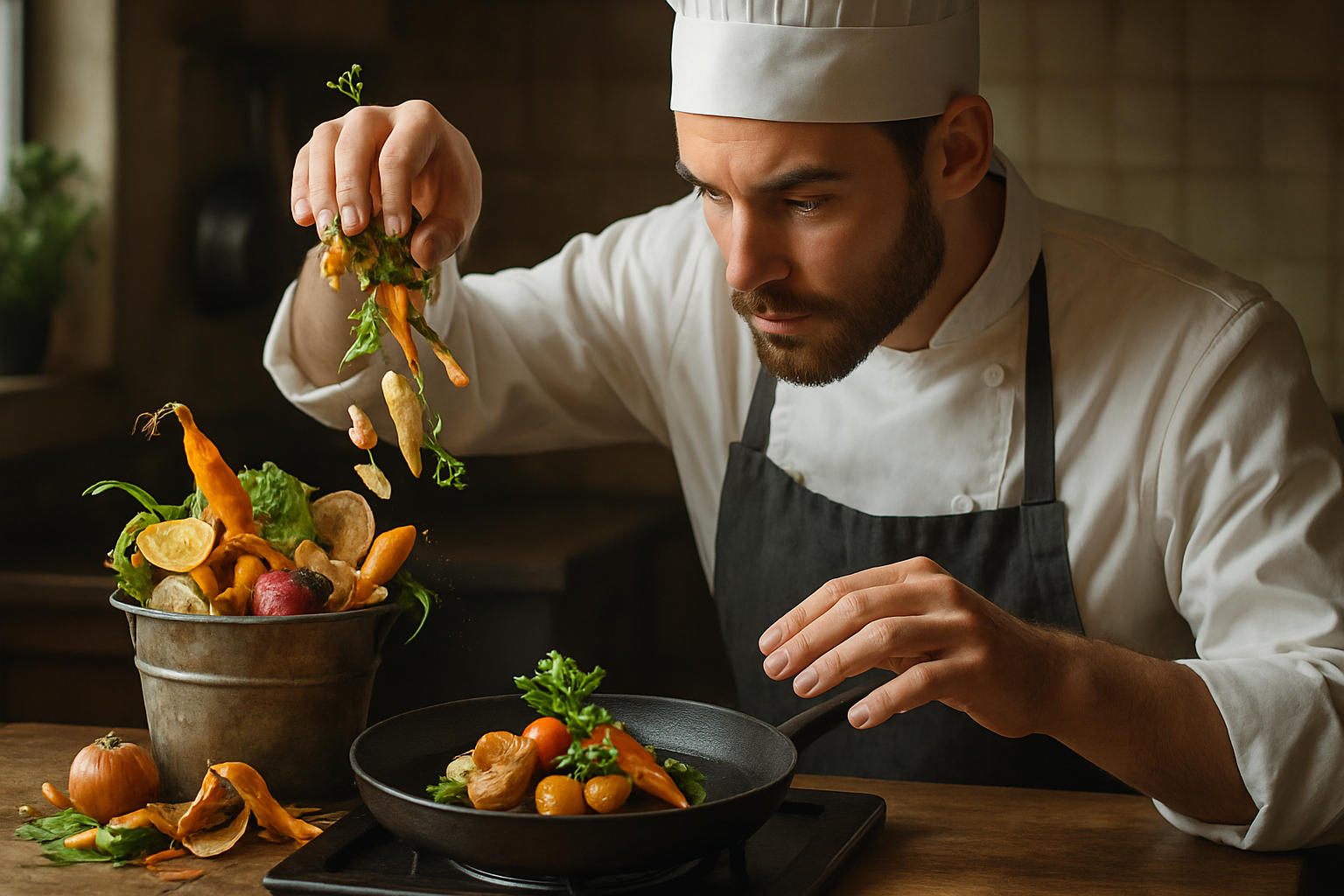Culinary Alchemy: Transforming Everyday Ingredients
Discover the art of culinary alchemy, where ordinary ingredients metamorphose into extraordinary dishes. This gastronomic journey explores innovative techniques that elevate humble staples into gourmet creations, challenging your perception of familiar flavors and textures. From molecular gastronomy to ancient preservation methods, we'll uncover the secrets behind transforming simple ingredients into culinary masterpieces that will impress even the most discerning palates.

Fermentation: The Flavor Alchemist
Fermentation is nature’s own culinary alchemy, transforming simple ingredients into complex, probiotic-rich delicacies. While traditional ferments like sauerkraut and kimchi are well-known, innovative chefs are pushing boundaries with unexpected ingredients. Consider fermenting green strawberries for a tangy, effervescent condiment, or aging honey with wild herbs to create a nuanced, slightly alcoholic elixir. The process not only enhances flavors but also increases nutritional value and digestibility. Explore lacto-fermentation of vegetables like cauliflower or carrots, using just salt and their own juices to create crunchy, tangy pickles bursting with beneficial bacteria. For the adventurous, try koji fermentation – a Japanese technique using Aspergillus oryzae mold – to develop deep, savory flavors in grains, legumes, and even meats.
Smoke and Mirrors: Infusing Depth
Smoking is an ancient technique that continues to evolve, offering endless possibilities for transforming ingredients. Beyond traditional barbecue, consider cold-smoking delicate items like butter, cheese, or even ice cream. The result is a subtle, smoky essence that adds depth without overpowering. Experiment with different woods – applewood for sweetness, hickory for intensity, or even tea leaves for a unique twist. For a modern take, try liquid smoke or smoke guns to infuse dishes instantly. Create a smoked salt to finish dishes, or infuse olive oil with smoke for a versatile flavor enhancer. The key is balance – smoke should complement, not dominate. Try smoking tomatoes before turning them into a rich sauce, or infuse cocktails with a whisper of smoke for an intriguing complexity.
Textural Transformations
Texture plays a crucial role in our perception of food, and manipulating it can lead to surprising culinary experiences. Molecular gastronomy techniques like spherification can turn liquids into caviar-like pearls, while foams can add lightness to dense flavors. But even simple techniques can yield impressive results. Try freezing olive oil to create a spreadable “butter,” or use tapioca maltodextrin to turn high-fat liquids into powders that melt on the tongue. Experiment with different cuts and cooking methods to transform familiar ingredients – shaved Brussels sprouts become delicate when raw, while roasting whole transforms them into crispy, caramelized bites. Consider the interplay of textures in a dish – pair crispy elements with creamy ones, or contrast smooth purees with crunchy toppings for a multi-dimensional experience.
Fusion Confusion: Unexpected Pairings
Breaking culinary rules and combining seemingly disparate flavors can lead to delightful surprises. The key is understanding flavor profiles and finding unexpected complementary notes. Consider pairing sweet with savory, like a strawberry and black pepper compote, or combining contrasting cuisines, such as a sushi burrito with Korean-inspired fillings. Experiment with adding umami-rich ingredients to desserts, like miso in chocolate chip cookies or soy sauce in caramel. Look beyond traditional flavor pairings and trust your palate – you might discover that blue cheese and dark chocolate are a match made in heaven, or that a pinch of lavender elevates a savory roast. The goal is to challenge preconceptions and create harmonious dishes that are greater than the sum of their parts.
Culinary Alchemy Tips & Facts
• Dehydrating at lower temperatures (below 115°F) preserves more nutrients and enzymes.
• Koji fermentation can reduce cooking time for tough cuts of meat by up to 75%.
• Cold-smoking typically occurs below 85°F to prevent cooking the food.
• Spherification works best with liquids that have a pH between 3.6 and 4.5.
• The Maillard reaction, responsible for browning and complex flavors, occurs between 280°F and 330°F.
Culinary alchemy is about more than just following recipes – it’s about understanding the science behind cooking and using that knowledge to push boundaries. By mastering these techniques, you can transform humble ingredients into dishes that surprise, delight, and challenge perceptions. Whether you’re a home cook looking to impress or a professional chef seeking inspiration, the world of culinary alchemy offers endless possibilities for creativity and innovation. So go forth, experiment, and let your kitchen become a laboratory of flavors and textures. The only limit is your imagination.





